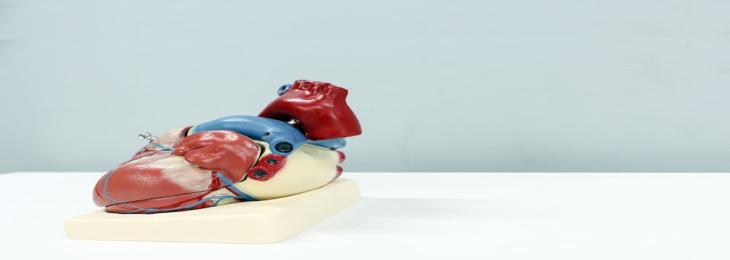
In order to build a reliable method of testing heart failure device treatments, researchers have made a significant advancement.
Heart failure is becoming more common, especially in developing nations. New therapies must be created for this clinical setting. In an effort to test potential new treatments, the researchers have experimented with extracting the hearts from lab rats and trying to keep them beating as longer as possible. However, after being extracted from the body, these organs rapidly deteriorate, which reduces their value. Left ventricular ejection fraction, a measurement amount of blood in the ventricle that is discharged with each heart beat is mainly conserved and stays at or over 50% in around half of heart failure cases. It is difficult to detect subtleties in an ex-vivo heart of lab animal. Furthermore, they have turned to artificial heart models, and the most recent one takes a quantum leap by simulating the both left ventricle and atrium.
A silicone heart model was created by researchers at the Royal College of Surgeons in Ireland and collaborators at the National College of Art and Design in Dublin to simulate heart failure with intact ejection fraction. This functions as a "mock circulatory loop" and features a fictitious left atrium and ventricle to represent the full heart cycle, where each chamber is independently regulated. The researchers anticipate that their model will be helpful in testing various heart failure treatment options, such like mechanical assist devices.
There had not yet been created a lab model that could both replicate the heart cycle. To accurately replicate the blood flow of the left atrium and left ventricle during the cardiac cycle's resting phase, it has two heart chambers that may be operated individually. This lab-based model's creation marks a turning point in heart failure research. Since it makes it possible to try out medical gadgets that may one day be used to treat an ailment that has a huge impact on many people worldwide. It enhancing their standard of living while lessening the demand on health services.






